Active individuals often look to popular sports brands when picking a pair of sneakers, so they may find it challenging to find the right diabetic shoe at first. Well-known brands are often a dead end for those whose feet require special care; for example, Nike diabetic shoes are not a widely available option for buyers across the United States. The question is, then, what options do exist for active people with diabetes looking to protect their foot health?
As a Medicare-approved supplier carrying multiple therapeutic shoe brands, we know a thing or two about picking diabetic shoes for athletic activities. The purchase of a diabetic shoe is slightly different than that of a typical sports shoe, as they are custom-fitted and come with inserts for added support. For this reason, it’s a good idea to move beyond logos when picking your perfect pair.
Do I really need diabetic shoes instead of “regular” athletic shoes?
 Foot health is a serious concern for people with diabetes – 60 percent of non-traumatic amputations in the United States each year involve diabetic patients, who often lose their feet as a result of diabetic neuropathy. One of the best ways to prevent these serious complications is to wear therapeutic shoes. This is such an effective preventative method that Medicare even covers them for many diabetics.
Foot health is a serious concern for people with diabetes – 60 percent of non-traumatic amputations in the United States each year involve diabetic patients, who often lose their feet as a result of diabetic neuropathy. One of the best ways to prevent these serious complications is to wear therapeutic shoes. This is such an effective preventative method that Medicare even covers them for many diabetics.
Those who live an active lifestyle should be particularly aware of the shoes they are wearing. While regular movement and exercise can be extremely helpful in managing diabetes, it can also put feet at added risk for sprains, blisters, cuts, and other issues. These can be more serious for people with diabetes for a few reasons:
- Diabetic neuropathy can cause numbness in the feet, hindering the ability to feel an injury. Those who don’t feel a sprain, blister, ulcer, or other issues right away are at high risk of making it much worse before getting medical attention;
- Poor circulation can be caused by blood sugar issues. This can make it difficult for the foot to heal properly from an injury, increasing the likelihood that even a small blister or infection could become a major ulcer or other condition that requires amputation;
- People with diabetes are more likely to have hammertoes, bunions, corns, and fungal infections. Diabetic circulation and nerve issues make these issues difficult to treat, so avoiding them in the first place and/or treating them with care when they do occur is a must.
Those who have foot issues combined with diabetes will be able to attain a Certificate of Medical Necessity (CMN) from their doctors. This will provide Medicare coverage for diabetic shoes.
Even if they do not qualify a CMN, active people should consider purchasing a pair of diabetic athletic shoes as soon as possible after receiving a diabetes diagnosis. If purchased through the right channels, custom-fitted athletic shoes for people with diabetes are no more expensive than a pair of Nikes – in fact, No Cost Shoes (that’s us!) has all pairs on sale for $99 right now!
What are the best diabetic athletic sneakers?
There are quite a few diabetic shoe brands to choose from (you can read our full list of the best brands here). However, here is a rundown of the most popular shoe lines for active lifestyles:
New Balance

Those who enjoy shoes from companies like Nike or Adidas often gravitate to New Balance due to the familiar brand name. New Balance is probably the most well-known brand to offer a line of therapeutic sneakers. Both velcro and laced options are available, and the design of many New Balance shoes are optimized for an active lifestyle. Just be careful to confirm that the New Balance shoe you are buying is Medicare-approved for diabetic care, since not all shoes from this brand carry this approval – to be sure of this, you can order your shoes directly from a diabetic shoe supplier like nocostshoes.com.
Dr. Comfort

We’ve been referring to an “active lifestyle” a lot in this article, but the reality is that this term can mean a lot of different things. For example, one person might enjoy hiking and camping while another may frequent the gym. One might be a runner, while the other prefers rock climbing. As any athlete knows, these activities are significantly more safe and fun with the right pair of shoes.
Dr. Comfort is a great option for people seeking shoes that are “just right” for their favorite sport or physical activity. With multiple lines of Medicare-approved sneakers, hiking boots, gym shoes and more, many choose Dr. Comfort due to its wide range of options and styles. You can see their full lineup on our website here.
Anodyne
Maybe the reason you were seeking Nike diabetic shoes wasn’t brand name or options, but style. In that case, Anodyne might be a good fit for you. Anodyne’s sleek design in its Walker, Jogger, and Runner shoes have found a way to make velcro fasteners appear stylish, a welcome relief for style-conscious diabetic shoppers with limited mobility. They also offer Trail Boot options for hikers, as well as a few lace-up options for good measure. For shoppers aiming to combine comfort and style, Anodyne is a great option. See the full line-up of shoes here.
A final word on exercise and diabetes
We’ve written quite a bit about exercise and diabetes on our blog – it is an important topic, and one we are careful to educate people about as a supplier of diabetic shoes.
For more tips on exercise and diabetes, we invite you to read our 6 Tips on Going to the Gym for Diabetics or to take a peek at our infographic below for a summary of our top advice for physical activity with diabetes.
For more information about athletic diabetic shoes from nocostshoes.com, click here.
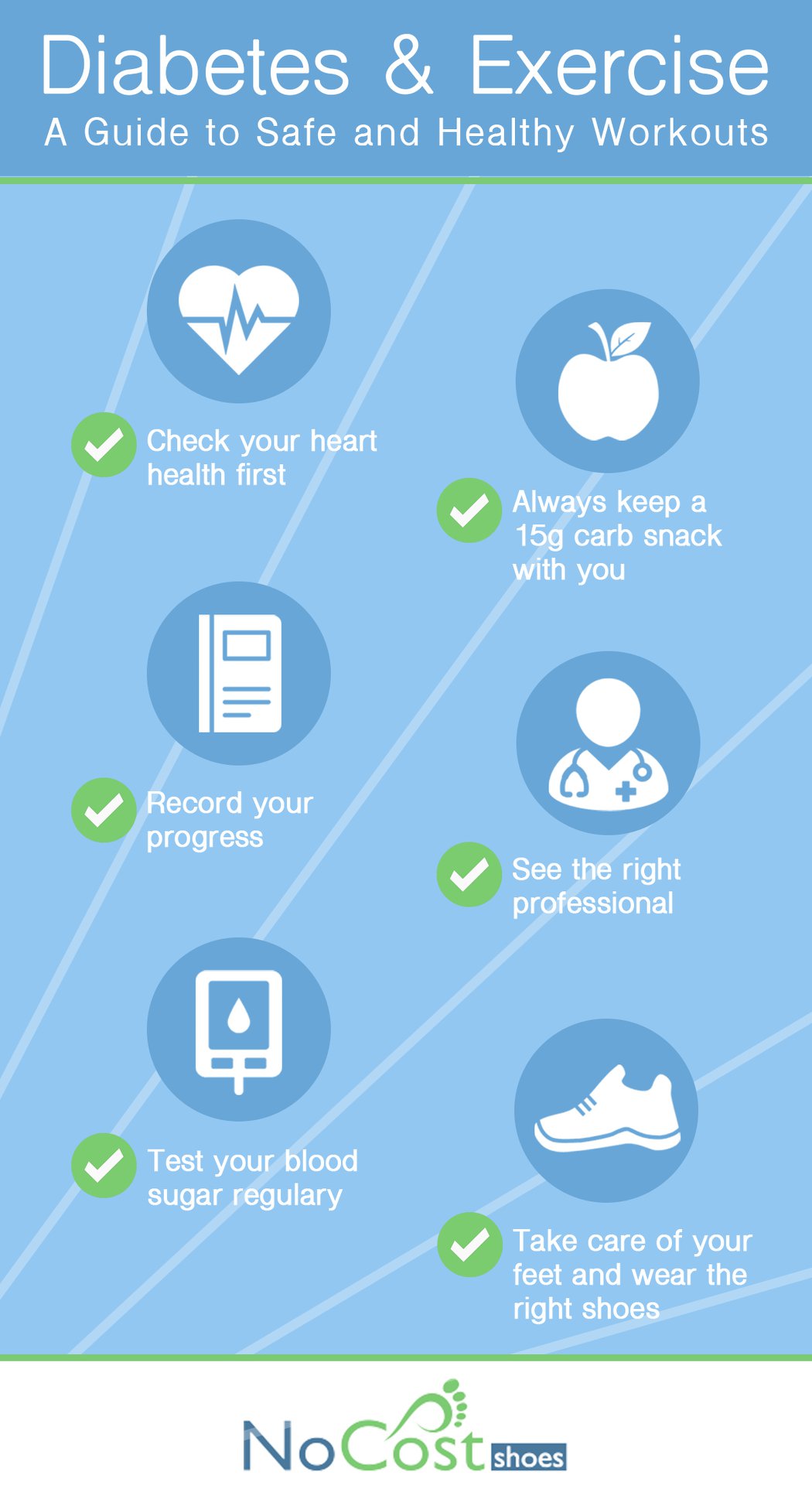




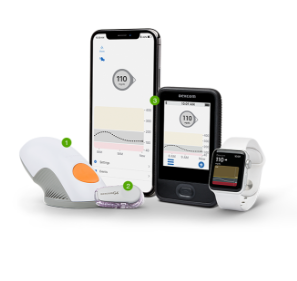
 Alcohol is high in sugar and often plentiful at holiday parties. Once again, people with diabetes should plan ahead to clarify how much they can drink within their management plan. Those who wish to steer clear altogether can offer to drive others to and from a holiday party. This will be a help to others, as well as making it easier to explain why one is not drinking should they be asked.
Alcohol is high in sugar and often plentiful at holiday parties. Once again, people with diabetes should plan ahead to clarify how much they can drink within their management plan. Those who wish to steer clear altogether can offer to drive others to and from a holiday party. This will be a help to others, as well as making it easier to explain why one is not drinking should they be asked. One of the biggest challenges for diabetes during the holidays is the mystery of how meals are prepared. How much sugar, butter, and oil is in this dish, exactly?
One of the biggest challenges for diabetes during the holidays is the mystery of how meals are prepared. How much sugar, butter, and oil is in this dish, exactly?
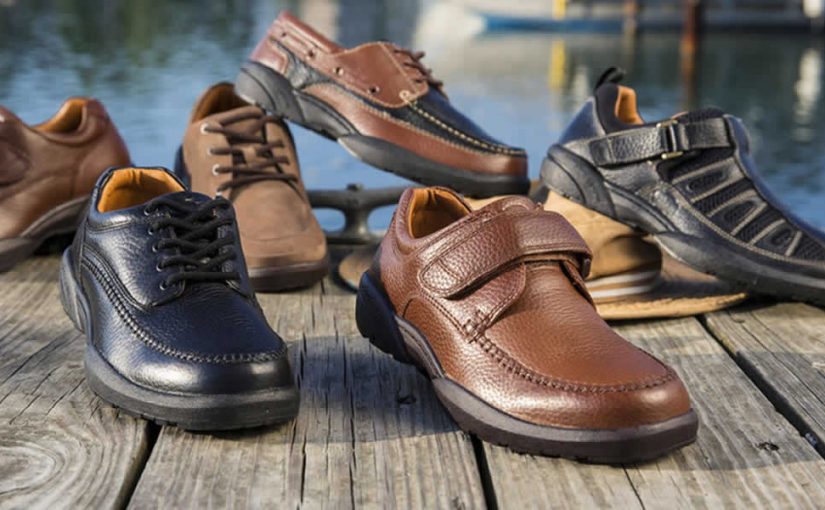
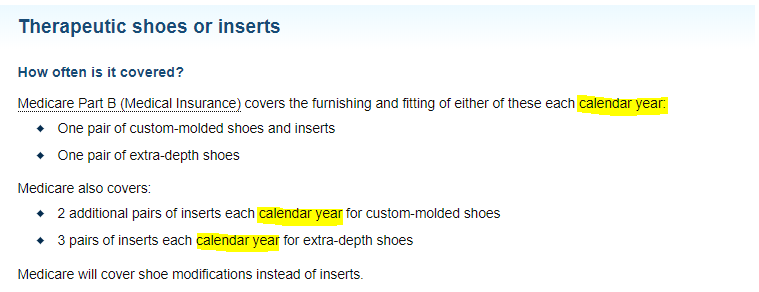
 Remembering to order diabetic shoes during each calendar year isn’t just a smart choice financially – it is also critical for health and well-being. But, how can qualifying diabetic Americans remember to order a pair each year? Here are some of the things our customers do to keep this coverage top-of-mind:
Remembering to order diabetic shoes during each calendar year isn’t just a smart choice financially – it is also critical for health and well-being. But, how can qualifying diabetic Americans remember to order a pair each year? Here are some of the things our customers do to keep this coverage top-of-mind:
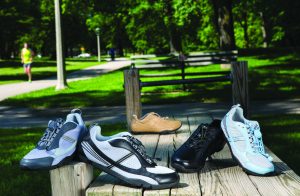 In order for Medicare and most insurance plans to cover diabetic shoes, a doctor must attest that the patient needs them by filling out a
In order for Medicare and most insurance plans to cover diabetic shoes, a doctor must attest that the patient needs them by filling out a 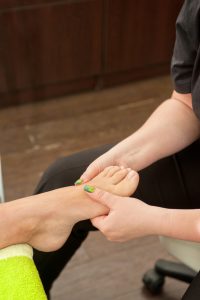 Although your family doctor is often the one filling out a CMN for your diabetic shoes, early warning signs of
Although your family doctor is often the one filling out a CMN for your diabetic shoes, early warning signs of 